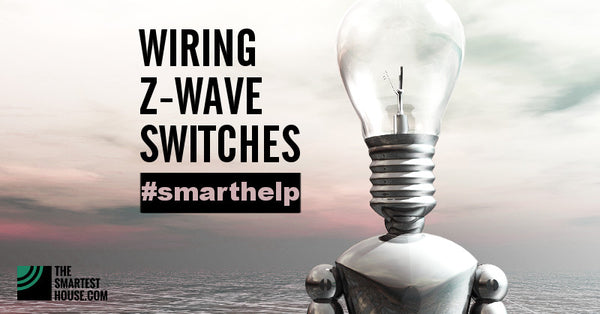- Home
-
Shop By Brand
-
Product Type
-
Hubs and Controllers
-
Lighting Controls
-
Sensors
- Water Valves
- Smart Plugs
- Sirens and Chimes
- Range Extenders
- Thermostats
- Blinds and Shades
- Cameras
- Accessories
-
-
Shop By Hub
- Value kits
- Pro Portal
-
Help




John Lake
January 27, 2019
I have installed two z-wave switches (Jasco 21079-136 v 3.25 and Nortek Security & Control LLC model 21079-13619) on separate house circuits and my controller, ADT Pulse, cannot operate the switches independently. One at a time, either can be enrolled in the system and works fine. Either can be deleted to allow the other entry to the system and to function. However, if one is enrolled the system and the other is then entered without deleting the first, it cannot identify the second, noting that it is already installed and then both function simultaneously on their respective circuits to commands issued to the first enrolled. It seems like some sort of identification problem. Any idea how to solve this?